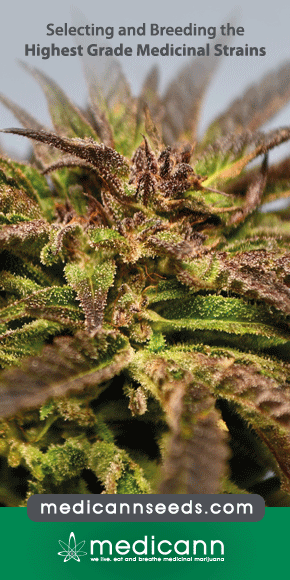Cannabinoids: a new approach for pain control?
To analyze available data related to the use of cannabinoids in medicine, with a special focus on pain management in cancer. The use of cannabis for medical purposes is growing but there are still numerous questions to be solved: effectiveness, safety, and specific indications. The endocannabinoid system is a potential therapeutic target. Cannabinoids may be considered as potential adjuvant in cancer-related pain management. Cannabidiol appears to be the drug of choice. Analgesic trial designs should evolve to get closer to real-life practice and to avoid biases.


